Written by Elayne Clift

With the theme of “Hope”, the Southern Vermont Arts Center (SVAC) in Manchester, Vermont opened its annual Fall/Winter member exhibition on October 10th. On view in the Yester House, the exhibition represents an artistic response to this year’s Covid-19 pandemic by 75 of the 200 SVAC member artists. Their works invite visitors to ponder a range of media and to find respite from the stress caused by the health crisis.
The offerings are diverse ranging from Kathleen Fleming’s new works, the colorful “After the Rain” and “Beyond the Fields,” both mixed media on panels, to Todd Reuben’s graceful stainless-steel sculptures. Lauren Silver’s ceramic stoneware plants and Carolina Ellenbogen’s nine miniature portraits of “People I’ve Never Met” add to the serendipity.
Deborah Liljegren, Patty Hudak, and Anthony Surratt are among the featured artists with works ranging from photography to water color on Japanese paper to colorful abstracts.
Liljegren, a new member of the SVAC, originally thought of herself as a photographer rather than an artist. Photography, she says, taught her “to take what was there, what was real, the light, the dark, the mood, the balance, the air, and translate it through the lens.” Working in underwater photography, she created a series dedicated to bubbles, using light and movement to present illuminating images. Those years of work led to “a level of predictability” about how air and water cooperated, allowing her to capture aquatic figures that suggest an anthropomorphic quality. Her piece in the SVAC exhibition, “Thaleia/Maternal,” inspired by a mythological muse, takes the form of a pregnant woman, representing growth and warmth. “It’s calming,” Liljegren says. “Viewers can get lost in the work’s welcoming moment.”
Patty Hudak, who holds both U.S. and Irish citizenship, studied in Italy and France and has practiced her art in Asia, Ireland and Vermont. In Japan she studied traditional woodblock printing and carving. Her works in the SVAC exhibition, “Indigo Forest” and “Mood Indigo,” with their meditative blue, are water colors on Japanese paper, the former mounted on wood. The indigo blue tones are a response to the melancholy she felt because of the Covid pandemic. “The works capture my emotions and provide a place in which to process what is happening,” says the artist who walks in the woods each morning for inspiration derived from nature in the midst of shared turmoil.
Anthony Surratt, an abstract artist who works mainly with acrylics and mixed media, says he is inspired by mid-century modern art, architecture and design. His works on display, “Garden Oasis,” suggesting a stained-glass window and nature’s endurance in a time of turmoil, and “Garden Attacks Local Home, Gnome Reported Missing,” created with acrylic on birch panel, display his use of layered textures and bright colors. His paintings, he explains, involve adding and subtracting. “They are as much about taking off layers as adding them.” He often scrapes and peels as he works in order to “discover what’s there. It’s an organic process that I hope looks deliberate,” he says. In “Garden Attacks Local Home” he added and removed many disparate layers, arriving at a final painting with a whimsical motif. “I never start with a specific plan. I find inspiration as I go.”
On view in the Yester House’s elegant blue study is an exhibition of work by Marion Huse, an American painter who died in 1967. Huse was a Massachusetts native who worked as an artist for the Works Progress Administration (WPA) while maintaining a studio in Pownal, Vermont where she lived. An active member of Southern Vermont Artists, the group that founded the Southern Vermont Arts Center in the 1950s.
Huse’s work offers a unique rendition of landscapes and Vermont people who lived and worked the rural land. Her paintings show them planting, plowing, threshing and baling hay in naturalistic colors and hues. The large landscape, “Cedar Hill Farm Summer,” is a prime example of Huse’s work in the 1940s. “They also include “Oak Hill School” with a yard full of playful children, and the solitary “Station Master.”
By the mid-1940s, Huse was painting in thick layers with bold colors portraying the mood of rural Vermont. “Spring Plowing” and “Backyard Garden,” both part of a Lost Images Collection owned by proprietor Lyman Orton of The Vermont Country Store, are typical of this technique. In “Orchard in the Hills,” Huse uses thick colors reminiscent of the Fauve artists and a hint of Van Gogh while her “Abstract Village” is reminiscent of Cezanne’s strong strokes. These works move beyond the picturesque rural scenes of Huse’s early works as she experiments with new techniques in the 1950s, largely the result of having spent time in Europe after WWII.
This exhibition showcases just one artistic genre in which Huse excelled. It also introduces a remarkable artist working at a time when women struggled to be exhibited or to have their work commissioned or acquired by museums and collectors.
The Hope and Huse exhibitions continue to January. SVAC is open Tuesday – Saturday, 10 a.m. to 5 p.m. and Sunday from noon to 5 p.m. For more information, www.svac.org

